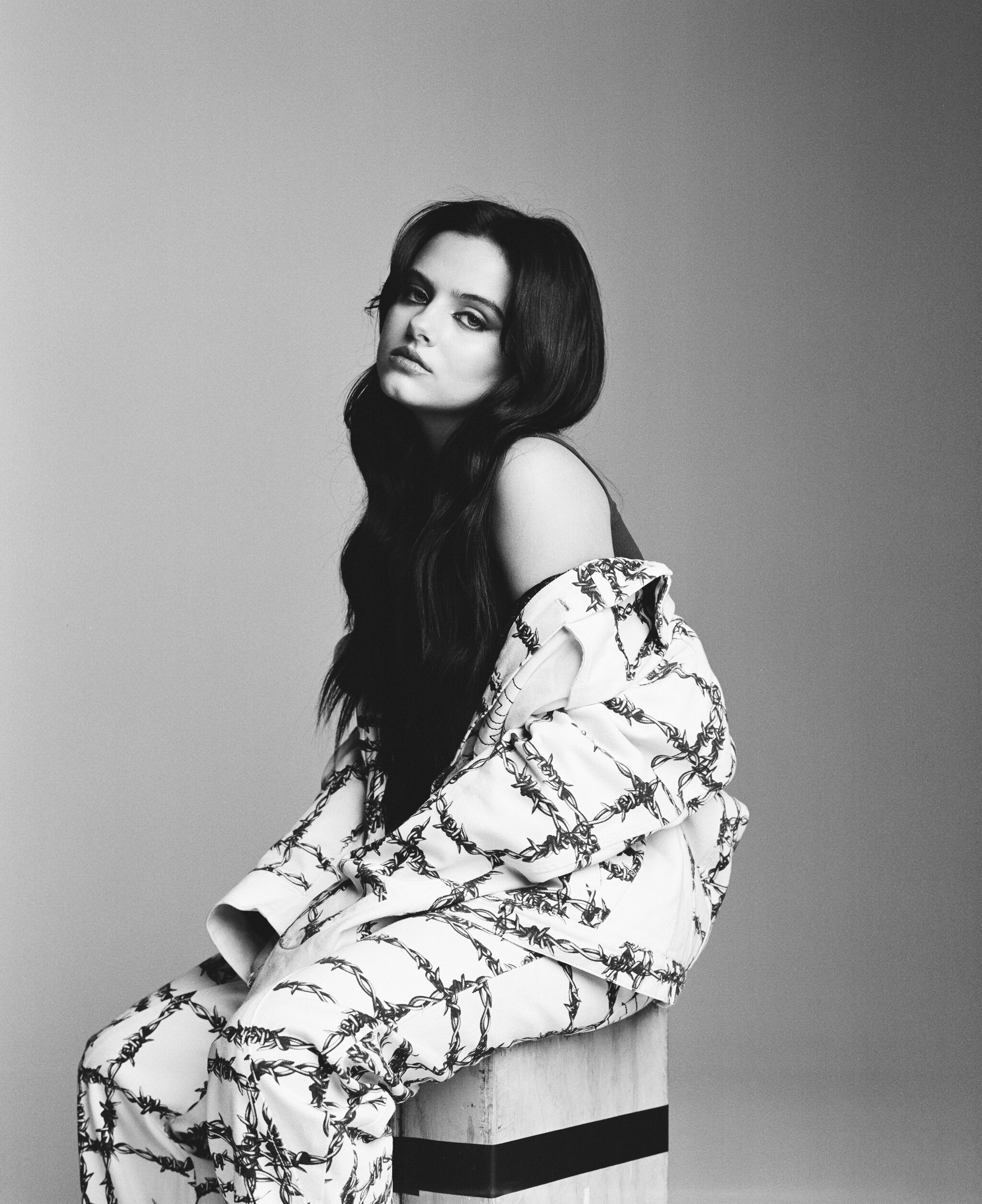by mariah estran
photo by daniel prakopcyk
The 16-year-old alternative-pop artist Jessie Murph is a fearless force. An authentic performer completed with a fierce lyrical structure. But it wasn’t always that way. Growing up in a small town, she posted content on TikTok. Then was faced with misogyny-fueled harassment once her school took notice.
Yet, that backlash pushed her to make music. Now, releasing her latest single and visual, “When I’m Not Around.” A haunting tune that recounts those dark high school moments, clone-like cheerleaders fill the cafeteria while other students are seen whispering behind Murph’s back. It’s a dark, truthful report that is commonly swept under the rug.
However, the singer isn’t scared to discuss her experience. She even posted a video describing what specifically influenced the track which included being forced to run miles for every curse word she spoke on her social page.
Jessie Murph took the time to talk more about “When I’m Not Around.” Giving more insight on the video, her songwriting, her sound, and what advice she would give to someone going through similar events.
You recently released your powerful single and video for “When I’m Not Around.” I took a chance to watch the video you posted about the story behind the track. It’s such an eye-opener. Especially for those who might not understand some of the dated standards still heavily present in the south, and just in general when it comes to criticism women endure. Why was it important to you to share this story?
Jessie: “I really feel like going through that made me the person I am right now. It is such a real thing. Especially where I’m from, and I’m sure, a bunch of other small towns. It just sucked, and I wanted to write about it.”
The corresponding visual really cements the impact of the track. There seems to be a lot of symbolism, such as the cheerleaders with blonde hair. What more can you tell us about the video and the process of developing what you wanted to portray?
J: “It’s telling my story on a video. If you look closely, you can see the whispers in the background. That was so prevalent in my life. The cheerleaders being in sync, being the same, looking the same. It was just so real. You never see that in a video, which is crazy to me.”
You have such a way of mixing a dark edge with captivating pop elements. It’s so hauntingly beautiful, to say the least. Who are some of your inspirations while developing your sound?
J: “Honestly, I listen to a f*ck ton of music. I love rap music; I like the aggressiveness of it. I’m super inspired by aggressive lyrics. So, that kind of comes from that side of things. I also listen to a lot of country. A lot of country songs have powerful lyrics and a powerful message. So, I kind of like mixing those. That’s how ‘When I’m Not Around’ came around.”
Your lyrics are fearless, bold, and attest to your “I’m not giving up” attitude. You draw a lot from your past, but what is the songwriting process like for you? How would you say it’s helped you process your own emotions?
J: “Music is so therapeutic for me. I know a ton of artists say that, but I hate talking about emotions. I’m not a super emotional person when it comes to talking about it. But in music, I can let it out and be a hundred times more dramatic. It’s helped so much. I’m so in-tuned with the writing process, and it’s my favorite part. It means so much to me, and I am so particular about the aggressive lyrics and stuff like that.”
I’ve read that through everything, the ups, and downs. It really lit a fire in you to keep working on music and your dreams. What is it about the power of music that has helped you keep pushing?
J: “I feel like I have a chip on my shoulder, a hundred percent. When people say ‘you can’t’ over again, it makes you want to be like, well, watch me. So, the little steps. When I released my first single, I was like, okay, I did that. And now, I need to do this. The whole journey is really inspiring and incredible.”
A lot has changed from the girl brought up in “When I’m Not Around.” You definitely have this confidence that shines in your music. How do you feel you have grown so far, even within the last few months of releasing your own music?
J: “I feel like I’ve grown so much, just finding myself. Before that, I was just lost and not myself. Trying to be someone I wasn’t. So, the second I stepped foot into that world (music), it was like a weight lifted off me. I feel like I can really be me now. That’s so exciting and so much to explore; I’m looking forward to all that.”
You’re so open about your story and who you are. How do you hope your music will impact listeners as they join on your journey?
J: “Honestly, when I listen to music, it’s so therapeutic to me. Sometimes I like getting mad at random sh*t, so I can listen to mad songs and vibe to them. I hope people can listen to my music and scream it in the car or cry to it in the car. I just want it to help people.”
What advice would you give to your listeners or up-and-coming artists who are dealing with this criticism you dealt with in the past?
J: “Just start doing your own thing sooner and not listening to what other people say. Especially in high school because you’re not going to know those people in ten years, you know. Why let those opinions affect you? Chuck it in the f*ck it bucket — that’s my advice.”
You’ve already released two other singles, such as “Upgrade” and “Look Who’s Cryin Now.” What can fans expect from you next? Will there be a larger project in store?
J: “I’m just really excited about getting music out, in general. A lot of what’s out is more pop — it has a pop aspect to it. The stuff that’s coming is a little more hip-hop. I’m excited to share that side of me because it’s such a prominent side. I’m really excited about that. There are music videos too!”

